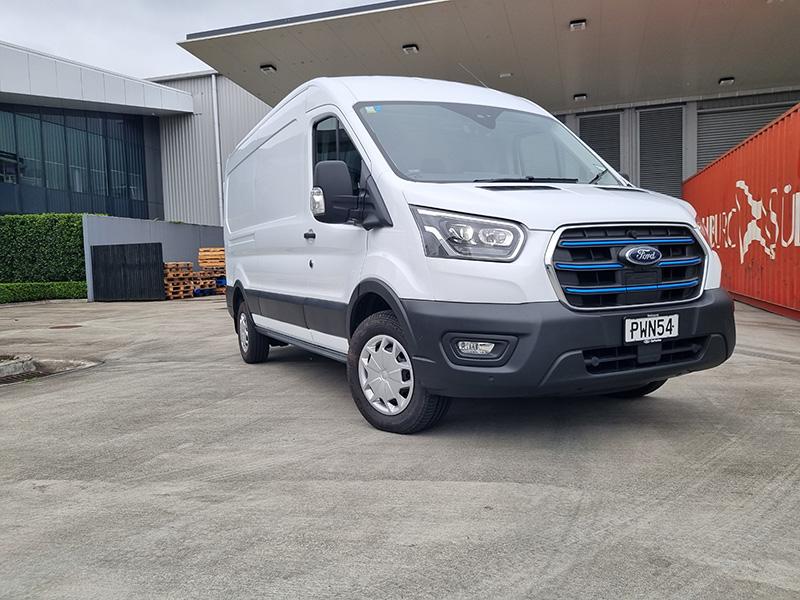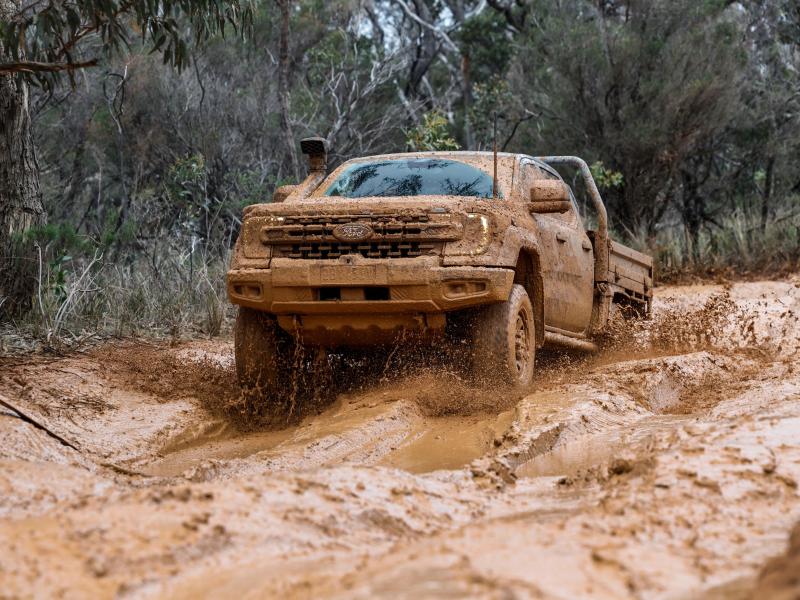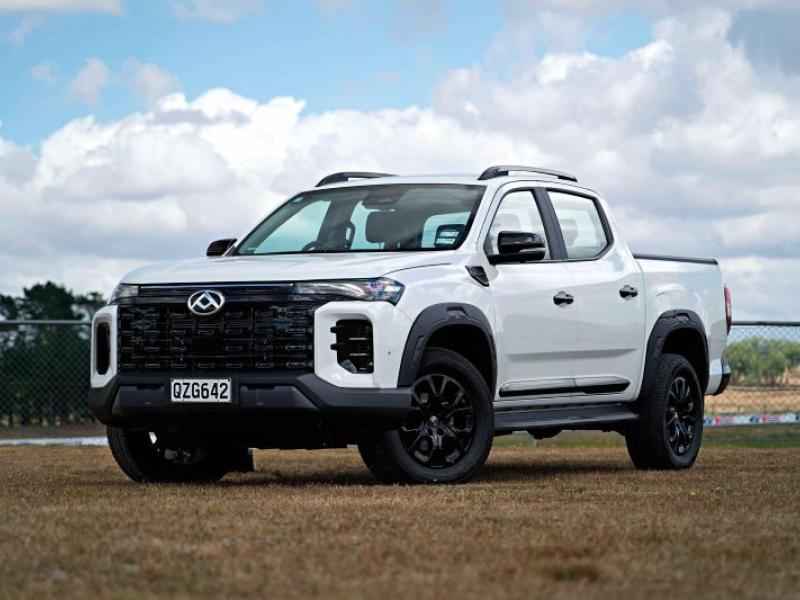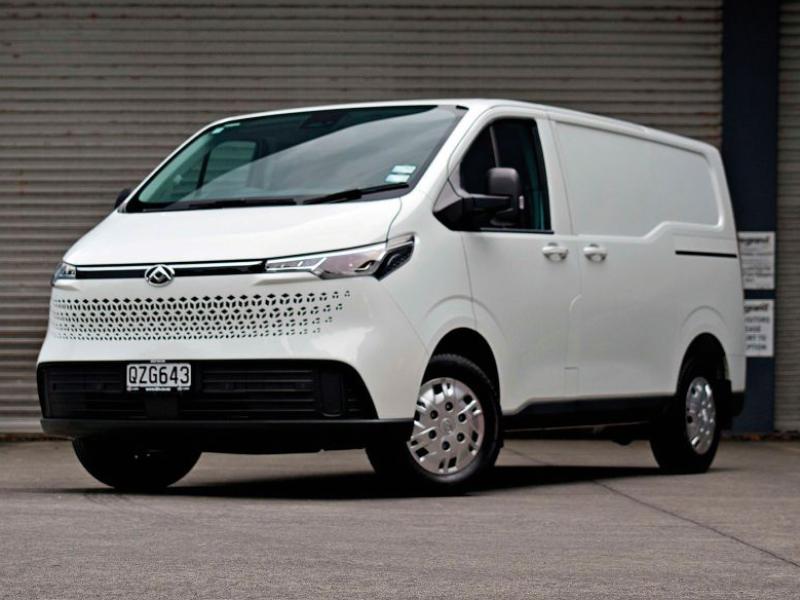You do feel a bit King of the Road-ish in a Ford Transit, and just because its electric not diesel, doesn’t change that.
Launched at the beginning of the year, the e-Transit’s arrival was somewhat overshadowed by the simultaneous release of the Mach E Mustang.
Yes, we’ll admit, the electric Pony is sexier than what has been called travelling whiteware – but while the e-Transit can’t go through slaloms like a Mach E, or power-slide through hairpin bends, a Mach E can’t power a skill-saw and a laptop simultaneously, nor can it carry 838kg – even with its 45 litre ‘Frunk’.
We’re corralling the Mach E for now and focusing on the e-Transit.
This is the 350L with the medium roof, the smallest e-Transit out of a 6-model line-up, which includes a chassis cab low roof model with the 1873kg payload.
The two 350L (3.5-tonne GVM) models sit just shy of a ton in the back while the three 420L (4.25 tonne GVM) versions all carry over 1000kg.
And since the length and width of the e-Transits is the same, the only variation is in the roof heights, which for the 350L are between 2481mm to 2565mm (medium) or 2703mm to 2719mm (high), while for the 420L the numbers are 2481mm and 2565mm (medium) or 2703mm and 2719mm (high).
And other than that, there is very little difference between one e-Transit and the next in terms of specification and equipment anyway. In fact, it’s a credit to Ford that the features list is so common.
Things like SYNC4 voice-activated infotainment – now with a 12-inch touchscreen – on-board sat nav, and FordPass Connect for its remote convenience, heated seats, an impressive array of safety equipment including blind spot monitoring, side wind stabilisation, lane departure warning and lane change warning, are just the highlights.
Ford has taken the route of building as much as possible into the e-Transit range and putting any variables into the carrying and bodywork but that’s not to say a few things haven’t changed between the ICE Transit and the e-Transit.
One of those changes is the inclusion of a digital rear-view ‘Smart mirror’ which uses a camera to display a rear-view image. This means the bulkhead between cabin and cargo areas can be kept as a single sheet of steel, without the requirement of cutting a window into it.
The e-Transit does carry a significant amount of its own weight in terms of the battery, so in order to not compromise the load-carrying ability, Ford beefed up the rear independent suspension, which has the resultant effect of improved handling – being firmer and stiffer – and greater traction, particularly on unsealed roads like State Highway One...
One last major addition for the e-Transit is – as Tim ‘the Toolman’ Taylor would put it – more power. The ICE Transits came standard with an in-cabin power inverter able to support work computers/tablets out in the field.
The e-Transit goes one better, adding Pro Power Onboard which can deliver 2.3kW of power through a rear cargo area inverter, conveniently located immediately inside the rear barn door for ease of access to drills, saws, coffee machines or hair curlers if you feel the need.
And on the subject of power, the e-Transit is the most powerful Ford van you can buy right now, running a 75kWh battery with an 11.3 on-board charger. This allows for 100 per cent charging in as little as 8 hours on AC. You also have fast 115kW DC charging capability which means you can ‘snack charge’ from 15 per cent to 80 per cent in around half an hour.






